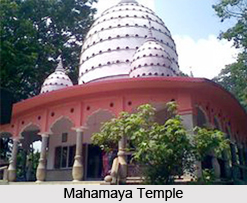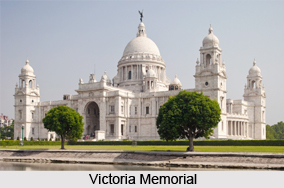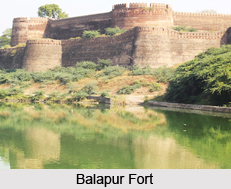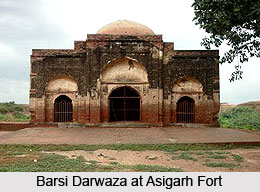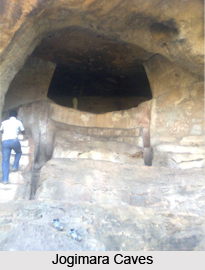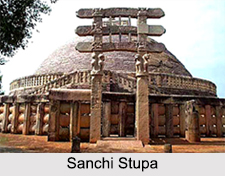 Monuments of Madhya Pradesh have been developed in different centuries under different dynasties. Each of the monuments of this state bears a different identity of its own that represents the cultural heritage of their glorious period. The monuments of Madhya Pradesh consist of several Hindu temples, palaces, forts, Buddhist stupas and tombs.
Monuments of Madhya Pradesh have been developed in different centuries under different dynasties. Each of the monuments of this state bears a different identity of its own that represents the cultural heritage of their glorious period. The monuments of Madhya Pradesh consist of several Hindu temples, palaces, forts, Buddhist stupas and tombs.
Various Monuments of Madhya Pradesh
Some of the most popular monuments of Madhya Pradesh are Ashoka Pillar at Sanchi, Brahma and Hanuman Temple of Khajuraho, Hoshang Shah`s Tomb, Man Singh Palace, Gwalior Fort, Rajwada, Chattri Bagh, Baz Bahadur Palace, Chausath Yogini Temple etc. The monuments have been detailed below:
Sanchi Stupa: Sanchi Stupa is a Buddhist complex, which is famous for its Great Stupa. It is located on a hilltop at Sanchi Town in Raisen District of Madhya Pradesh. The Great Stupa is one of the oldest stone structures in India, and an important monument of Indian Architecture. It was originally commissioned by the emperor Ashoka in the 3rd century BCE.
Brahma and Hanuman Temple of Khajuraho: Brahma and Hanuman temple of Khajuraho was constructed around 922 AD and was dedicated to Lord Brahma and Hanuman. Its entire structure is constructed with granite and sandstone. Due to its wonderful sculpture, design and architecture, this temple attracts millions of tourists from all over the India.
Hoshang Shah`s Tomb: The tomb of Hoshang Shah was a marble construction built in Mandu. It is considered to be the first marble construction of Afghan culture in the Indian subcontinent region in earlier period.
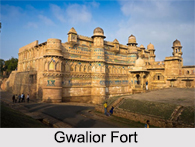 Gwalior Fort: Gwalior Fort is a hill fort located near Gwalior, Madhya Pradesh. The fort has existed at least from the 10th century. The fort has been controlled by a number of different rulers in its history. Currently, there are two main palaces inside the fort – Gujari Mahal and Man Mandir palace.
Gwalior Fort: Gwalior Fort is a hill fort located near Gwalior, Madhya Pradesh. The fort has existed at least from the 10th century. The fort has been controlled by a number of different rulers in its history. Currently, there are two main palaces inside the fort – Gujari Mahal and Man Mandir palace.
Chattri Bagh: Chattri Bagh is a popular cenotaph, which is located near the Khan River in Indore. It is one of the finest examples of architectural styles. This structure has been designed by the Chhatri or permanent canopies built in the memory of the royal members of the Holkar Dynasty. The most attractive of the many cenotaphs is the one commemorated to Malhar Rao Holkar I, the founder of the Holkar dynasty.
Baz Bahadur Palace: This palace is located on hill slope; it is about 95 km west of Indore city. Baz Bahadur palace is a blend of Rajput and Mughal architecture and style. The name of the palace has been derived from the name of ruler Baz Bahadur who was fond of music and art.
Rajwada: Rajwada is a historical palace, which is located in Indore city. It was built by the Holkars of the Maratha Empire about two centuries ago. This seven storied palace is located near the Chhatris. Rajwada palace is a fine example of royal grandeur and architectural skills.
Chausath Yogini Temple: This temple is one of the oldest heritage sites of India. It is dedicated to Goddess Durga along with 64 yoginis. This temple was constructed in the 10th century AD by the Kalachuri kingdom.
